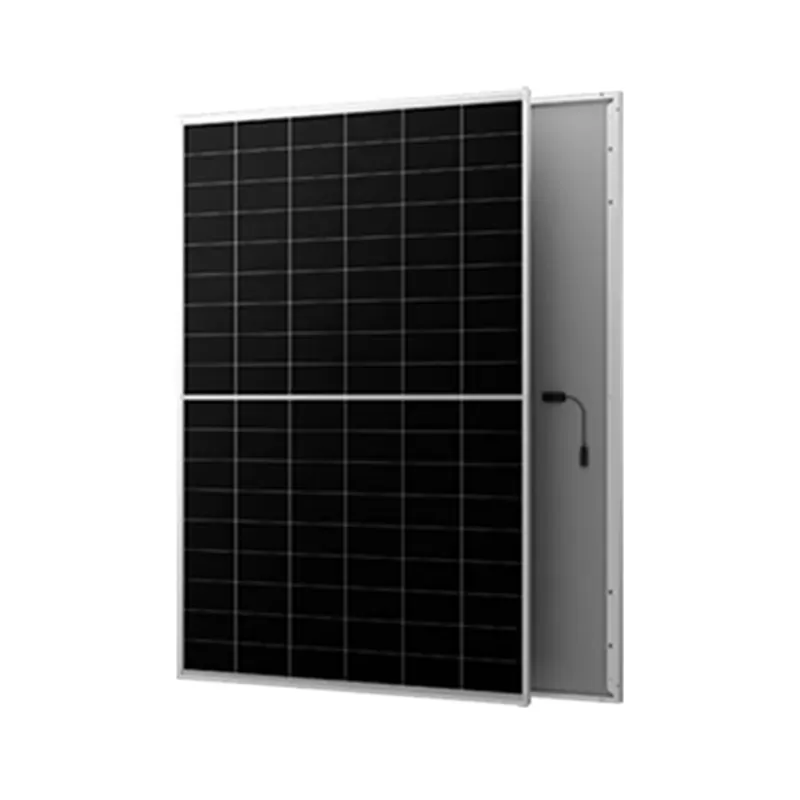Dimensions of a 300 Watt Solar Panel in Feet for Optimal Installation
Understanding the Size of a 300-Watt Solar Panel
As renewable energy resources continue to gain popularity, solar power has emerged as one of the most efficient and sustainable options for harnessing energy from the sun. Among various solar panel capacities, the 300-watt solar panel has become a common choice for both residential and commercial solar energy systems. A crucial consideration for anyone looking to install solar panels is understanding their size, especially in feet. This article explores the size of a 300-watt solar panel, its implications for installation, and factors to consider when planning a solar energy system.
Dimensions of a 300-Watt Solar Panel
Typically, a 300-watt solar panel ranges in size from about 65 inches by 39 inches to 66 inches by 40 inches, which translates roughly to 5.4 feet by 3.25 feet, depending on the manufacturer and panel design. The dimensions may vary slightly from one manufacturer to another, but generally, solar panels in the 300-watt range maintain similar proportions.
This means that for every 300-watt panel, allocating sufficient space for installation is important. Knowing the exact size helps in planning how many panels can fit on a roof or in a specific area designated for solar energy capture. Additionally, understanding the physical space each panel occupies allows homeowners and businesses to manage their energy needs effectively.
Installation Considerations
When planning for installation, there are several factors related to the size of the solar panels that you should consider
1. Roof Type and Orientation The size of your solar panels will influence how many can fit on your roof or property. Most residential roofs have limited space, so assessing the area and orientation of the roof is essential. Ideally, solar panels should be installed on roofs with a southern exposure for maximum sunlight capture throughout the day.
2. Tilt and Angle The tilt and angle of the solar panels affect their overall efficiency. If space allows, panels should be mounted at angles that maximize sun exposure. However, this might require additional equipment and can impact how much space is required for installation.
300 watt solar panel size in feet

3. Clearance Besides the actual dimensions of the panels, clearance space around the panels is crucial for maintenance. Allowing room for technicians to access and service the panels without interference is an important part of the installation process.
4. Weight Considerations A 300-watt solar panel can weigh about 40 to 50 pounds. The structural integrity of your roof must accommodate the weight of the panels, as well as additional mounting systems. If the roof is older or not built to support additional weight, reinforcements or different mounting solutions may be necessary.
5. Local Regulations and Permitting Pre-installation assessments and compliance with local building codes are essential. These rules can dictate how many panels can be installed, their placement, and specific considerations for properties with historical significance or protected areas. Be sure to check with local authorities regarding any regulations affecting your solar panel installation.
Benefits of a 300-Watt Solar Panel
One of the primary reasons people choose a 300-watt solar panel is well-balanced efficiency relative to size. They generate enough power to supply a substantial amount of household needs while remaining manageable in terms of physical space, making them ideal for residential settings. They also come with various technological advancements, such as improved efficiency rates and durability.
In addition, utilizing a 300-watt solar panel allows for scalability. Homeowners can start with a few panels and gradually add more as their energy needs increase or as they can afford it.
Conclusion
In summary, understanding the size of a 300-watt solar panel is crucial for effective planning and installation. With dimensions roughly around 5.4 feet by 3.25 feet and considerations around roof space, angle, weight, and local regulations, individuals looking to adopt solar energy will find that knowing the physical requirements helps in making an informed decision. As solar energy technology continues to improve, the 300-watt solar panel stands out as a viable option for those seeking sustainable energy solutions. Embracing solar power not only helps reduce energy bills but also contributes to a cleaner, greener planet.
-
String Solar Inverter: The High-Efficiency Solution for Smart Solar EnergyNewsJul.14,2025
-
Revolutionizing Rooftop Energy with the Power of the Micro Solar InverterNewsJul.14,2025
-
Power Independence with Smart Off Grid Solar Inverter SolutionsNewsJul.14,2025
-
On Grid Solar Inverter: Powering the Future with Smart Grid IntegrationNewsJul.14,2025
-
Monocrystalline Solar Panels: High-Efficiency Power for the Future of Clean EnergyNewsJul.14,2025
-
Bifacial Solar Panel: A Smarter Investment for Next-Generation Energy SystemsNewsJul.14,2025







